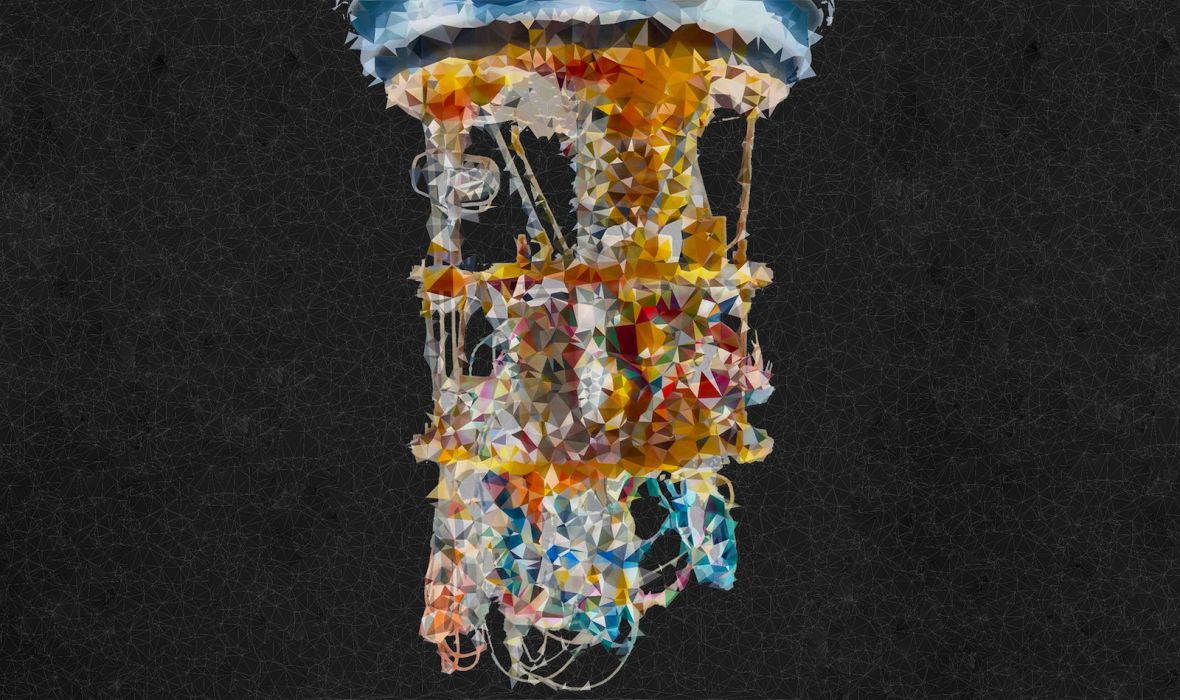Composer and current Yale Quantum Institute (YQI) artist-in-residence Spencer Topel will discuss how site-specificity, notably in architecture, is inherently linked to experiential art installations — and how this informs his practice as a sound artist — in a talk on Thursday, Feb. 28.
Titled “Immaterial Waves: Light, Sound, and Architecture,” Topel’s talk will examine recent artistic works and research in relation to the historical emergence of phenomenological art forms in the 1960s and 1970s in the work of Alvin Lucier, Maryanne Amacher, James Turrell, and others. He also will present examples of sound/art installations where artists have taken full advantage of their surroundings to create immersive pieces.
“Listening Glass” is the first installation in a series exploring the relationships between interior spaces and external ones. Visitors experience a continuous live audio stream from Barton Creek Wilderness Park in Austin, Texas transduced over a large atrium window at Wesleyan University . The design allows listeners to experience different aspects of the soundscape using the natural filtering properties of an assortment of twelve surface transducers. This work was sponsored by SEAMUS 2014, at Wesleyan University, and was in collaboration with Joel Goodwin at Live Nature Songs Ltd.
“We take buildings for granted,” says Florian Carle, manager of the Yale Quantum Institute. “For most of us, it’s a shelter, and for some, an architecture work of art. But we all often overlook the influence buildings have on our perception of the world at the acoustic level.”
In addition to sharing ideas concerning the interplay between sound, light, and space, Topel will offer a preview of the sound work he has been developing with the quantum physicists at YQI. The work, a collaboration between Topel and two graduate students in applied physics, Kyle Serniak and Luke Burkhart, will be performed live on two quantum computers at a concert in June during the International Festival of Arts & Ideas.
Created by Carle, the YQI’s series of nontechnical talks has attracted over 450 attendees since its creation in 2017 by leveraging the intersectionality of science and the humanities. Carle’s aim is to engage audiences to discuss certain subjects that “might look scary at first glance like quantum physics, mathematics, or engineering,” he says.
